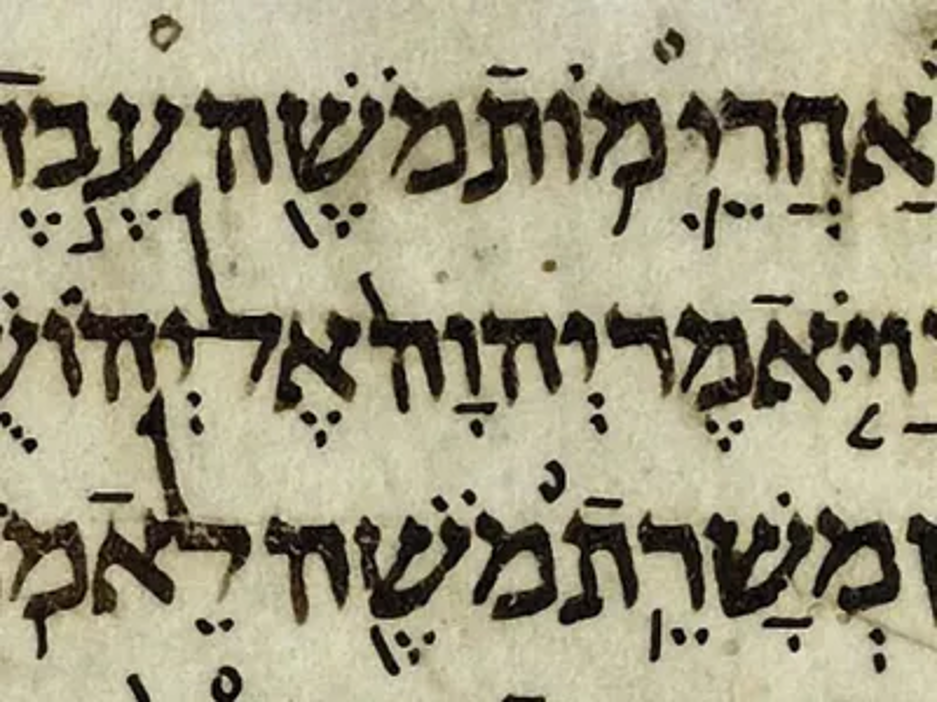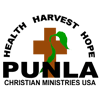Bible Reliability
A lot is often made about how long it took the Christians to select the current list of books for the new testament. That is simply false. It takes time for any writing to gain enough circulation to be considered authoritative, especially in the ancient world where written manuscripts were not readily available. The known history of the Bible is quite remarkable. In the first century Clement of Rome and others were quoting from and references at least 8 NT books. In the early part of the 2nd century, we had Ignatius of Antioch and Polycarp of Smyrna referencing most of the NT books. Think about it this is within a few decades of the writing of some of these books. That is incredibly close. And you can see by the Council of Laodicea all but Revelation was being widely referenced and considered authoritative. And all 27 books are being discussed at least as early as Damasine Council of Rome in AD332.
The most disputed books are Hebrews, 2 Peter, James, 2 John, 3 John and Revelation. All of which are referenced by early church fathers. The fact all Christian leaders did not accept them as scripture actually tells us the high level of review done to achieve that status. Hebrews is one many challenge. But the primary reason is the author is unknown but I don’t think the content was ever the issue.
A primary objection are all those errors and changes.
- All those mistakes in the New Testament
- Scribes changed the Documents
- We have no way to know originals
- Myths & Legends grew over time.
I’m going to let the world’s for most expert of the New Testament manuscripts address this for you. This is Dr. Daniel Wallace. He is CEO of CSNTM or the Center for the Study of New Testament Manuscripts, he is also a professor at Dallas Theological Seminary. He is an expert in what they call textual criticism which means the process of ascertaining the original wording of a text.
So okay there are lots of variations. Daniel Wallace demonstrates this so we can understand better what we are talking about. He shows more than two thousand different way to say John loves Mary in Greek. This does not even account for spelling errors and untranslated words. The Bible has thousands of ancient manuscripts. Now you are getting an idea of how we get so many variations without any meaningful change to the message.
Please visit CSNTM.org to view P66 ( https://manuscripts.csntm.org/manuscript/Group/GA_P66 ). How amazing is this, that we can look at these documents. This is one of the oldest surviving Greek copies of the gospel of John.

Here is a up close look at Hebrew. I don’t remember the scripture. I think it is from Isaiah. Notice all the dashes and dots. This is written with a ink well and quill. Any drip could mar the text. This is amazing. And remember most Hebrew texts don’t have any vowels, no spaces between words, no punctuation or sentence breaks. Scholars are amazing to decipher this.
Visit website for Daniel Wallace’s center for the study of new testament manuscripts CSNTM (https://manuscripts.csntm.org/Manuscript). This is an amazing resource website. You can see Erasmus’ Parallel for Latin and Greek, the forerunner to the Textus Receptus that was used for the KING JAMES Bible.
You can look at some papyrus. An example is P52 from the 2nd century gospel of John. I hope that give you feel for the website. It is amazing to actually see these documents. These are within a few decades of the originals, maybe less than 100 years after Jesus. Remarkable.
What we have is reliably the very word of God.
This is the end of How to Defend your Faith Session 7: Can U Trust the Bible (Part 2 of 4)


